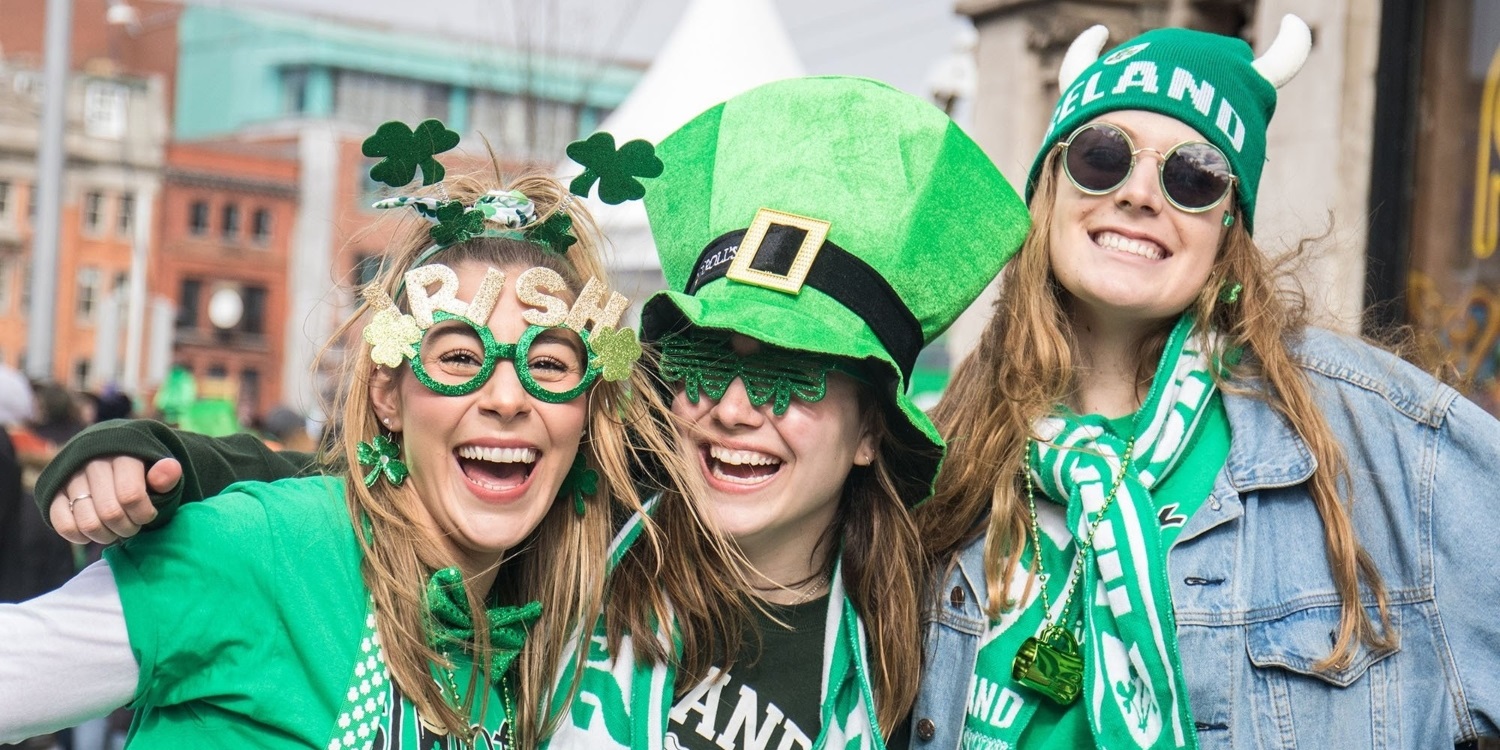On St. Patrick’s Day, people typically don a green sweater and partake in eating corned beef, in addition to other festivities. Over time, this Irish holiday has transformed into a celebration of parades, leprechauns, and the color green. So, the question arises, how did this shift occur?
St. Patrick’s Day Is Very Popular

St. Patrick’s Day commemorates Maewyn Succat who, according to legend, banished all the snakes from the country. Contrary to popular belief, St. Patrick’s Day is not solely about consuming green drinks and wearing green attire.
The origins of St. Patrick’s Day celebrations can be traced back to the 15th century on March 17th, when there was a feast in honor of St. Patrick. With the emigration of Irish natives, the holiday became popular in the United States. The traditions and symbols associated with St. Patrick’s Day hold significant meaning, and they are just as fascinating as the background of the holiday.
Green and Three-Leaf Clovers

Shamrocks, which are three-leaf clovers, have been a symbol of Irish culture for a long time. The Celts, who are the Irish ancestors, believed that three was the most important number in nature, representing the phases of the moon, the sea, sky, and earth, and the phases of human life, childhood, adulthood, and old age. Because clovers grow in abundance in Ireland and have three leaves, they were considered deeply important and symbolic. Shamrocks are so ubiquitous in Ireland that discovering a four-leaf clover is rare and is considered a symbol of good luck.
Although the word leprechaun may bring to mind images of cheerful little red-headed men clad in green outfits, their origins are more ominous. Initially, in the eighth century, they were known as ‘luchorpán’ or ‘small bodies,’ which were water spirits. Over time, the legend changed, and they evolved into fairies that frequented basements and crafted fairy shoes. It is said leprechauns grant wishes when they are caught, but they are infamous for their cunning, mischievous nature.

According to folklore, leprechauns can’t see the color green, which is why wearing it is thought to protect one from their mischievous behavior. Green also has significant cultural significance in Ireland, and it also symbolizes the country’s verdant landscapes.